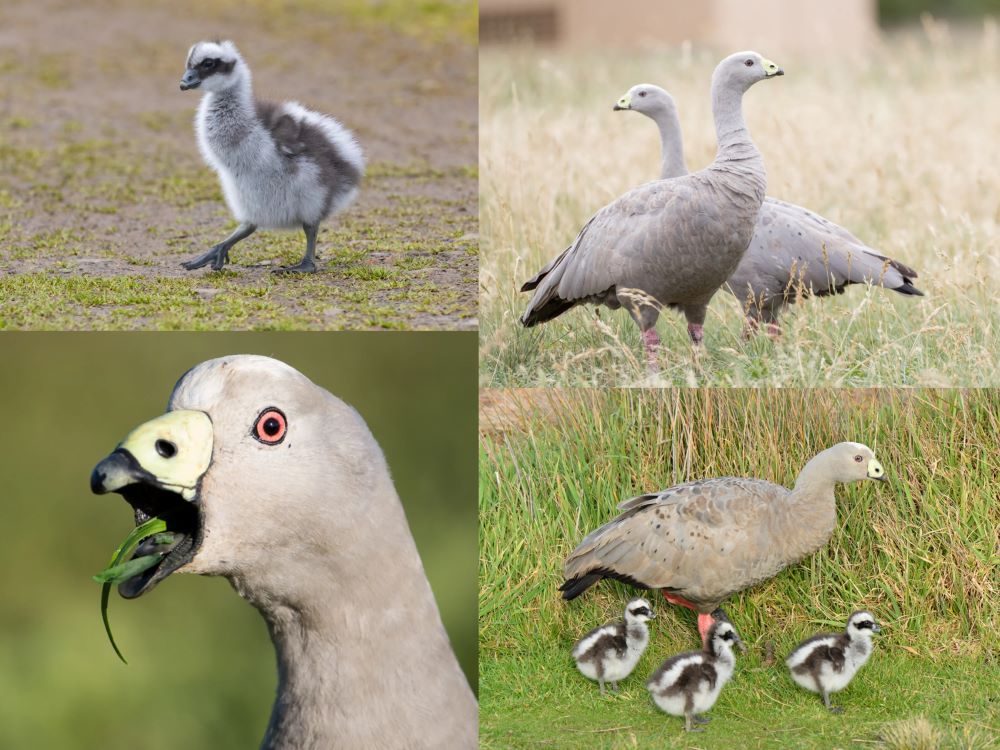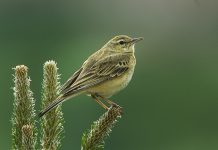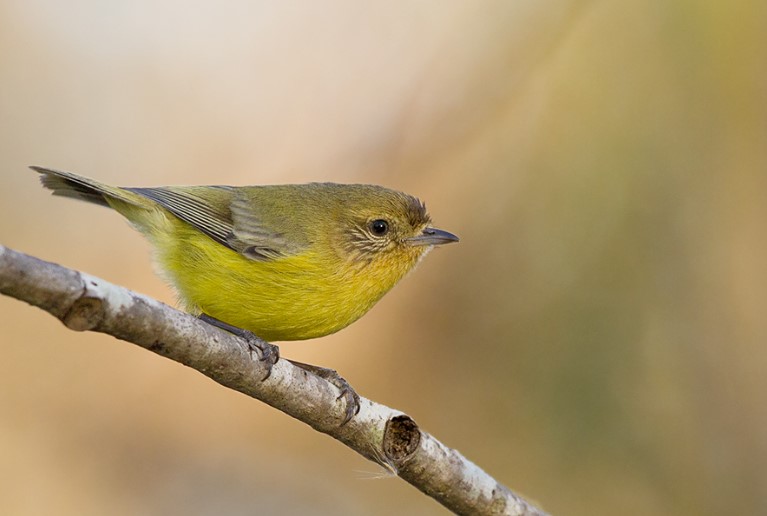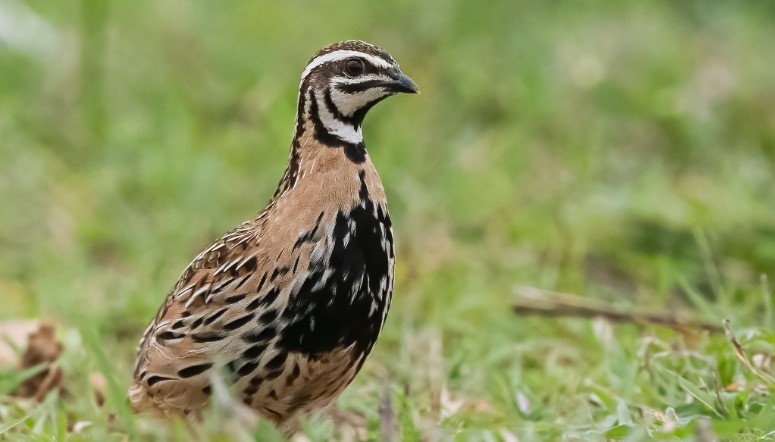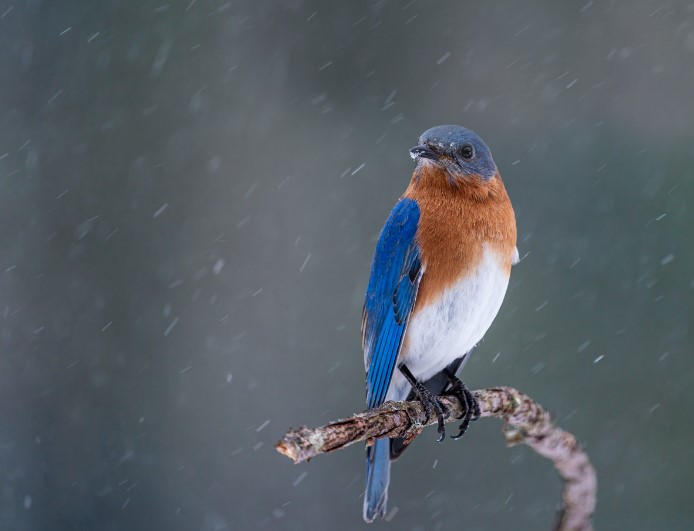Habitats: The Cape Barren Goose (Cereopsis novaehollandiae) is not typical geese. They have reticulate scaling on their feet, their syrinx, or voice box, lacks a bulla, and their skeleton has much in common with the shelducks. Nevertheless, they live on land and graze like geese, picking grasses, sedges, clovers, herbs, and their seeds-even the fleshy fruits of Myoporum insulare-from the swards and heaths of their coastal and island habitats; water is rarely entered. Nasal salt glands secrete any excess salt taken in with their food. When not breeding, the geese usually congregate in small groups.
Pugnacious and intolerant of others, males fight particularly strongly to establish their small territories at the approach of breeding. Nests are rarely closer than 20 meters to one another. Both male and female build, carrying up twigs and grass, and siting their nests among tussocks and rocks from which they have a clear view, and in thickets of Atriplex cinerea.
Some nests are built up to six meters above the ground, in bushes and tea trees. Males defend their territory while the females brood, and later both parents guard their young fiercely. The birds keep to their own territories, feeding there, until the young are about six weeks old. By this time the young, abandoned by the adults, gather into creches of up to 50 or so. Larger nomadic groups are formed as soon as they can fly.
Sexual maturity comes in about three years. After breeding, the adults molt and, for a short time, become completely flightless. These distinctive geese are unique to Australia and are among the least numerous waterfowl in the world. They have been hunted and eaten since George Bass first saw them on islands off the Victorian coast in 1797. After that, a sealing industry developed in Bass Strait, leading to a great destruction of the birds and their eggs. They are now fully protected.
Flight: They fly strongly, necks outstretched, but only after a lumbering run to take off.
Other Names: It is also known as Pig Goose.
Size: Cape Barren Goose length is about 750-1000 mm.
Identification: ADULTS: Sexes similar; female slightly smaller. General color: ash grey. Crown with broad white stripe; mantle and scapulars edged white; wing coverts spotted black; primaries grey with black tips. Upper tail coverts, crissum, and tail black. Eye hazel. Bill Black: cere green-yellow over maxilla. Feet pink or yellow; webs black. GOSLINGS: Boldly marked. Top of head, back of neck, and rest of upper parts dark brown. Face grey with broad black-brown stripe extending through eye. Broad light grey stripe on each side of the back. Wing dusky with pale grey leading edge. Underparts light grey. Eye black. Bill, black with green cere. Feet and webs are grey-green.
Vocalizations: Females have a low-pitched grunt; males also grunt but have a fairly high-pitched, rapid, multisyllabic honk or trumpet. On the ground, both sexes are usually quiet except when alarmed or displaying, but in flight very vocal.
Nesting and Breeding: Cape Barren Geese probably mate for life. Breeding is usually May-August. Nest a heap of whatever material is at hand, built into a shallow cup about 90 mm deep, often on the west side of islands off the south coast. Nest lined with grey down, with which the female covers the eggs when she leaves the nest. Nests may be hidden in tussock grass or by loose material.
Eggs: Cape Barren Goose lays one to seven, usually four to five, white eggs with a coarse lime layer over the shell; ellipsoidal, 73-92 x 44-59 mm. Incubation is about 35 days by the female.
Distribution: The Cape Barren Goose breeds on islands off the southern coast of Australia, from the Furneaux Group, Tas., to the Recherche Archipelago, WA, dispersing seasonally to the adjacent mainland out of breeding. Inhabits pastures, heathy headlands, strands, and shores of swamps.
Races: There are two races: one with yellow feet and a narrow white crown stripe in Recherche Archipelago, WA. However, the other, with pink feet and a broad white crown, is from Eyre Peninsula, SA, to Bass Strait.
Read More: Giant Hyena: An extinct prehistoric hyena
